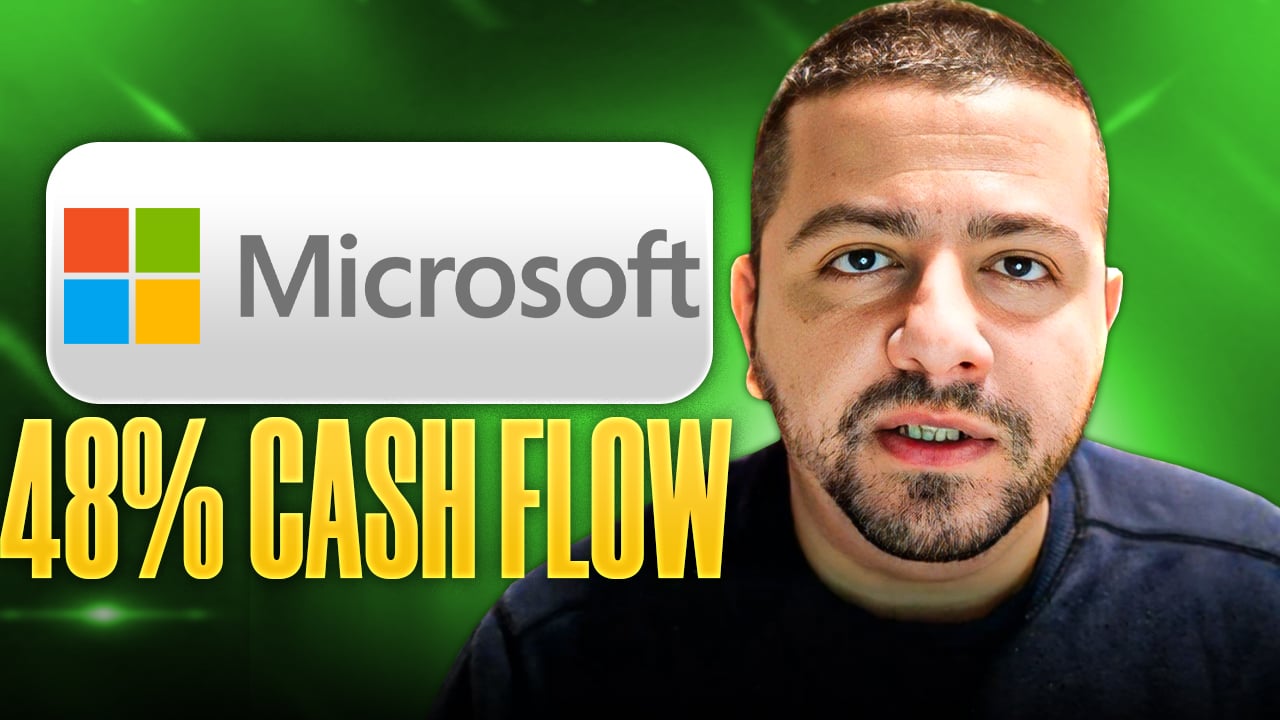While the Xbox One is a top-tier gaming console and only second in sales to Sony's (SNE 1.97%) PlayStation 4, it's actually not a big part of Microsoft's (MSFT +0.22%) overall business. That, however, does not mean it's an insignificant part of its strategy.
On this episode of Industry Focus: Tech, Dylan Lewis is joined by Motley Fool contributing writer Daniel Kline to break down what Xbox means to Microsoft. They also talk about why the company has introduced a high-end $499 Xbox X model. In addition, they examine where Xbox's profit comes from: software sales, subscriptions, and other non-hardware revenue. Along with its financial benefits, they look into how Xbox benefits Microsoft's brand awareness and how it supports the company's other business segments.
A full transcript follows the video.
This video was recorded on Dec. 1, 2017.
Dylan Lewis: Speaking of Microsoft, Dan, why don't we talk about the Xbox One S and X products?
Dan Kline: Absolutely. I have an Xbox One. The original One. And I have to say, with a 13-year-old who plays a ton of games, with me being a casual game player, I have seen no limitations with this aside from the fact that, sometimes due to the storage capacity, I have to go back and delete things I haven't used in six months. But when you look at the two new players, they're going after really different tiers. The X, and I'm going to say it X like the letter because their X and S sound a lot alike, is $499, and it has 4K, it has all the top-tier processors, it has a terabyte of storage, it's going after top, high-end gamers. People to whom the performance matters for. The S is $189, and I think it's possible at holiday time you might even be able to get a game bundle with that, and that's going after the rest of the market. So, for Microsoft, it's a very smart strategy where they have a niche, high-end product that can really appeal to a certain segment, and then they're lowering the price well below the Nintendo (NTDOY 3.08%) Switch, to give you an example of a very mainstream player that's good enough for nearly everybody else.
Lewis: You mentioned before that the nature of console gaming, it's very hard to make money on the consoles themselves, kind of a razor and blade strategy. We got some confirmation on that. The Xbox team lead, Phil Spencer, did an interview with Business Insider earlier this year. They asked him, at a $500 price point, is Microsoft making any money on the Xbox One X? And he flat-out said no, just because of all the things that need to go into a device like that to power it and give it that incredible graphics processing power. He went on to say the console business is not the money-making part of the business, the money-making part is in selling games.
Kline: Yeah. It's about controlling the living room. Of course, there's the software. There's a lot of margin in a $60 game. There's a lot of margin in Xbox Live subscriptions, which are pretty much required if you want to do the social end of most of these games, which make them a lot more fun but also add hours and hours of gameplay. We keep talking about Star Wars Battlefront, but if you have an Xbox Live subscription, you can talk to other people, you can play multiplayer campaigns, there's just way more than the single player missions when it comes to it. Then, there's also the incremental revenue. They don't break out where any of this comes from, but if you subscribe to Netflix (NFLX +0.35%) through your Xbox One, Microsoft gets a cut of that. And that goes for the thousands of apps and television shows and renting a movie. So, it's really about having a central place in your living room where they can have a store. And whether that's for software or subscriptions or movies, that's where the revenue comes from.
Lewis: Taking a step back and looking at how this all fits into Microsoft's business itself, for the past 12 months, they have this gaming revenue segment within their personal computing segment, and the gaming revenue has produced $9 billion overall. And in that time, Microsoft has booked over $92 billion in revenue. That is to say, the gaming revenue segment is nice, but it is not what is driving results for Microsoft.
Kline: Except, I think there is an important public relations factor there. My 13-year-old son knows who Microsoft is because of that. And when he comes old enough that he might be making a decision on cloud hosting or a word processor or even a laptop, it's giving him some exposure to Microsoft, and that has to be a good thing.
Lewis: Absolutely, and I think they have this incredibly loyal, die hard bass of gamers that love the Xbox console and have been using it, in some cases, over a decade at this point. So, you want to keep those people happy. It's just to say, if you see really great Xbox sales over the holiday as well, it's not going to have the same effect on Microsoft the company the way that it does with Nintendo and the Switch.
Kline: No. It's almost a branding play for them. You can look and say that it's 10% of revenue, but obviously a lot of that is console sales, which is not profitable. So, for Microsoft, this is really about all the ancillary benefits of driving their brand as much as it is the incremental revenue.
Lewis: And just to understand some of the dynamics within that, it's worth mentioning that last quarter, the growth within the segments was 1% year over year, and 21% growth in the software and services offset declines in hardware. So, that segment is moving more and more toward software sales, but the overall gaming segment itself is not really growing all that much for Microsoft.
Kline: It's a 10-year cycle, basically, for a new console. Obviously, in the first few years of that cycle, it's simply people buying the console and transitioning from the previous one. Now that the installed user base for Microsoft is more solid, the people who, when it first came out had to spend $400 for the base model, I believe it was actually more because you had to buy the Kinect with it when it first came out, now those people are spending more of their budget, more of their holiday gifts as we come into Q4, it's going to go into software and other things like streaming subscriptions.









